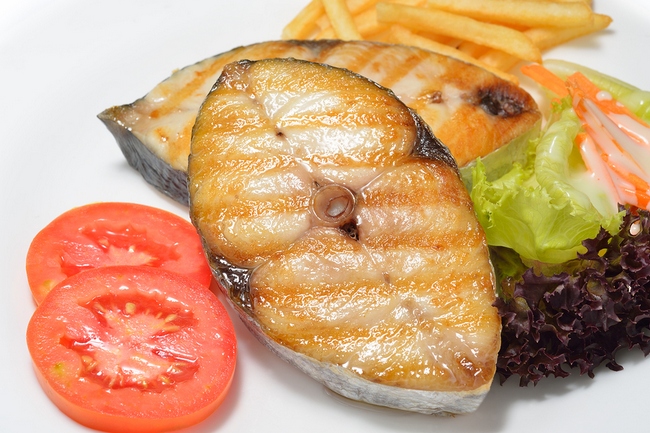- Make It Yourself Lavender Heart-Shaped Bath Bombs!
- 20 Things You Never Knew About “Down There”
- 12 Best Foods For Those Suffering From Arthritis Pain
- 12 Personal Hygiene Mistakes Almost Everyone Makes (Mom Never Told You About #4!)
- 15 Medicinal Plants And Herbs From The Cherokee People
- 12 Mind-Blowing Benefits Of Drinking Coconut Water During Pregnancy
- 12 Outstanding Winter Foods That Won’t Fatten You Up Like A Christmas Turkey
Top Foods High in Manganese

Photo credit: bigstock.com
4. Fish
Almost all fish contain high levels of manganese. For example, 3 ounces (85 grams) of sea bass has 1 mg, or 50 percent, of your recommended daily intake; trout has 46 percent, perch 38 percent, and pike 44 percent. Time to start making fish dinner Fridays a family meal plan. Be aware of contaminated fish.
5. Tea
If you love tea, then you will love the fact that tea is also a good source of this vital mineral. One cup of black tea (8 ounces) has 1 mg, or 50 percent, of your manganese for the day. So this means if you drink two cups of tea per day, you are giving your body all the manganese it needs for the day. How easy is that?!
6. Spices
There are some spices that contain manganese. This is an easy and tasty way to add this mineral, as well as some wonderful taste, to your meals. Some of the best spices are saffron, cloves, and chili powder.
7. Seeds
Seeds, such as pumpkin, sunflower, chia, flax, and sesame seeds, have a similar nutritional makeup to nuts, so it’s not really a big surprise to find out that seeds are also high in manganese. Pumpkin seeds appear to be the highest in this mineral, with 1.3 mgs in just 28 grams, but most other seeds contain at least 30 percent of our daily recommended intake. Seeds are also great sources of magnesium, zinc, and phytosterols, which are super beneficial plant compounds that help fight numerous diseases.
SEE ALSO: The Amazing Things You Never Imagined about Sunflower Seeds
8. Seafood
You already know that fish is a great source of manganese, but seafood, such as mussels, are also a super source of this mineral, and rich concentrations of zinc. The winner in the manganese race is mussels, with 5.8 milligrams per 85 grams. That’s about 340 percent of your daily recommended intake! Runner up would be clams, with 43 percent of your required intake, then crawfish, or crayfish, with 22 percent. Be certain to avoid contaminated seafood by seeking out sustainably farmed products from the Atlantic Ocean.
Sources:
































